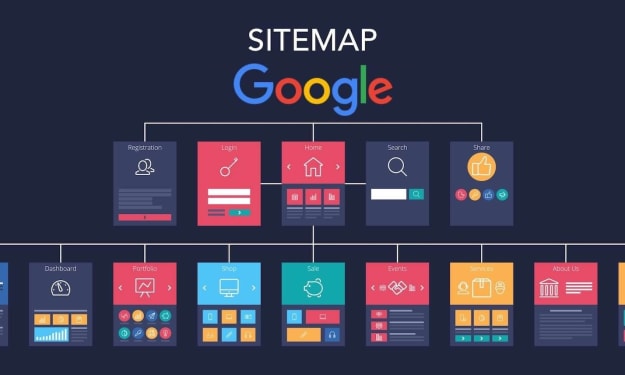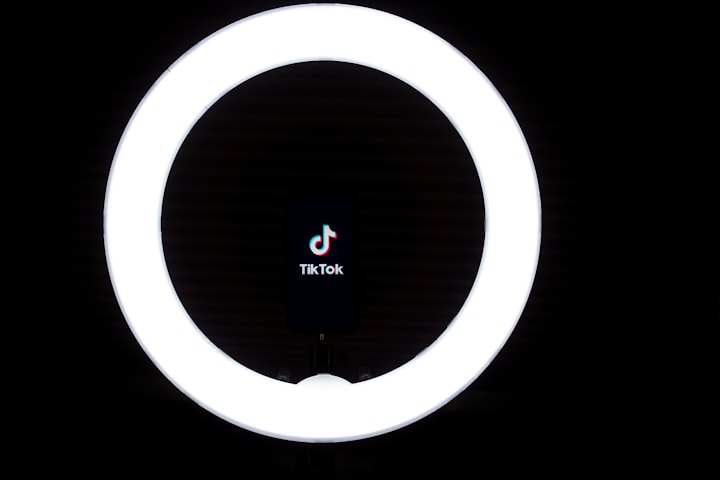How To Create Custom Sections In Shopify
Create Custom Sections In Shopify

How To Create Custom Sections In Shopify
In the fast-paced world of e-commerce, creating an engaging and personalized online shopping experience is vital to stand out from the competition. Shopify, one of the leading e-commerce platforms, offers a powerful feature called "Sections" that allows merchants to customize their store's layout and design. By leveraging custom sections, you can create unique and visually appealing sections on your Shopify store without the need for extensive coding knowledge. In this article, we will guide you through the process of creating custom sections in Shopify and explore their benefits.
Introduction
In today's digital age, businesses need to provide exceptional online experiences to captivate their customers. With the rise of e-commerce, having an aesthetically pleasing and user-friendly website is crucial for success. Shopify, a popular e-commerce platform, empowers businesses by providing a robust set of tools for Shopify website development Services to create and manage their online stores. One such tool is the ability to create custom sections, which allows merchants to tailor their website's appearance and content to align with their brand and target audience.
Understanding Shopify Sections
Shopify Sections are the building blocks of a store's layout. They enable merchants to break down their website into smaller components, such as headers, footers, product listings, and promotional banners. Each section represents a distinct area on a webpage that can be customized independently. By leveraging custom sections, merchants gain the flexibility to arrange, modify, and personalize their website's design without the need to delve into complex coding.
Benefits of Custom Sections in Shopify
Enhanced Branding Opportunities
Custom sections open up a world of branding possibilities for your Shopify store. By creating unique sections, you can showcase your brand's personality, aesthetics, and values. Whether it's adding custom images, colors, or fonts, you have complete control over the visual representation of your brand. Consistent branding across your website helps build trust and fosters a memorable experience for your customers.
Improved User Experience
A seamless and intuitive user experience is paramount to the success of any e-commerce store. Custom sections enable you to optimize the layout and content flow to guide visitors through the customer journey effortlessly. By strategically placing important information, such as product highlights or call-to-action buttons, you can enhance the overall user experience and drive conversions.
Flexible Content Placement
With custom sections, you have the freedom to decide where specific content should appear on your Shopify store. Whether you want to feature a special offer on the homepage or add a customer testimonial section on product pages, custom sections allow you to curate content in a way that maximizes its impact. This flexibility ensures that your message reaches the right audience at the right time, ultimately boosting engagement and sales.
How to Create Custom Sections in Shopify
Now that we understand the benefits of custom sections, let's dive into the step-by-step process of creating them in Shopify.
Step 1: Accessing the Shopify Theme Editor
To begin creating custom sections, log in to your Shopify admin panel and navigate to "Online Store" and then "Themes." Select the theme you want to edit and click on the "Customize" button.
Step 2: Navigating to the Sections Directory
In the Shopify Theme Editor, look for the "Sections" tab on the left-hand side. Click on it to access the sections directory, where you can manage and create custom sections for your store.
Step 3: Creating a New Section
In the sections directory, click on the "Add section" button. This will prompt a list of available section types that you can choose from. Shopify offers several pre-built section types, such as headers, product grids, testimonials, and more. Select the type of section that aligns with your desired content and click on it.
Step 4: Adding Content to the Custom Section
After selecting a section type, you will be redirected to the section editor interface. Here, you can add content to your section by leveraging Shopify's intuitive drag-and-drop interface. You can insert text, images, videos, and other elements to customize your section according to your requirements.
Step 5: Customizing the Section's Settings
Once you've added content to your section, you can further customize its appearance and behavior. The section editor provides options to adjust settings like background colors, typography, spacing, and more. Experiment with these settings to create a visually appealing section that aligns with your brand's aesthetics.
Step 6: Saving and Previewing the Changes
After fine-tuning your custom section, click on the "Save" button to preserve your changes. Shopify will automatically update your store's live preview, allowing you to see the section in action. Take this opportunity to review and iterate on your design until you achieve the desired result.
Advanced Techniques for Custom Sections
While the basic steps outlined above are sufficient for creating compelling custom sections, Shopify also provides advanced techniques to further enhance your store's customization capabilities.
Leveraging Liquid Code
Liquid is Shopify's templating language that enables dynamic content rendering. By using Liquid code snippets within your custom sections, you can create interactive and personalized experiences for your customers. Liquid code allows you to access and manipulate data from your store, enabling you to display relevant content based on specific conditions or user actions.
Integrating Dynamic Content
To make your custom sections more engaging and dynamic, you can integrate them with other apps and services available on the Shopify platform. For example, you can connect a product recommendation app to showcase personalized product suggestions within a custom section. These integrations enrich the browsing experience and help increase customer satisfaction.
Applying Conditional Logic
Conditional logic allows you to display different content or modify the appearance of a section based on certain conditions. For instance, you can create a custom section that only appears to customers who have made a purchase or visited a specific page. This level of personalization can significantly impact customer engagement and conversions.
Utilizing App Integrations
Shopify's vast ecosystem of apps opens up endless possibilities for custom sections. Many third-party apps provide pre-built custom sections that cater to specific functionalities, such as Instagram feed integration or live chat support. By leveraging these app integrations, you can extend the capabilities of your custom sections and provide a seamless shopping experience.
Best Practices for Custom Sections
While creating custom sections, it's essential to keep a few best practices in mind to ensure optimal results.
Plan and Sketch Your Section Design
Before diving into the section creation process, take the time to plan and sketch your desired section design. Consider the purpose of the section, its placement on the page, and how it aligns with your overall brand identity. By visualizing your design beforehand, you can save time and ensure a coherent user experience.
Optimize for Mobile Responsiveness
Mobile commerce is on the rise, so it's crucial to optimize your custom sections for mobile devices. Test how your sections appear on different screen sizes and ensure that the content remains readable and visually appealing. Pay attention to font sizes, button placements, and image scaling to provide a seamless experience across all devices.
Test and Iterate
Don't be afraid to experiment with different designs and content arrangements. A/B testing can help you identify the most effective custom sections for your audience. Continuously analyze user behavior and engagement metrics to refine your sections and improve their performance over time.
Consider SEO and Page Load Speed
While creating custom sections, keep in mind the importance of search engine optimization (SEO) and page load speed. Optimize your section content by incorporating relevant keywords without compromising the user experience. Additionally, optimize image sizes and minimize unnecessary code to ensure fast-loading pages, which are crucial for both user satisfaction and search engine rankings.
Conclusion
Custom sections in Shopify provide a powerful tool to create visually stunning and personalized online stores. By leveraging custom sections, merchants can enhance their branding, improve user experience, and present content in a flexible and engaging manner. With the step-by-step guide and advanced techniques mentioned in this article, you can unleash the full potential of custom sections and create an exceptional shopping experience for your customers.
FAQs
Can I create multiple custom sections on my Shopify store?
Yes, Shopify allows you to create multiple custom sections to cater to different areas of your website.
How digital marketing agency can help you create custom sections in Shopify?
This process can be complex so to make it go smooth, you can hire digital marketing services. Their experts can solve any issue related to custom sections and do the task in no time.
Can I modify the appearance of existing sections?
Shopify provides customization options for pre-built sections, allowing you to tailor their appearance to match your brand.
Is coding knowledge necessary to create custom sections?
No, Shopify's user-friendly interface and drag-and-drop editor enable the creation of custom sections without extensive coding knowledge. However, some advanced techniques may require familiarity with Liquid code.
Can I use custom sections from third-party developers?
Yes, Shopify's app ecosystem offers a wide range of third-party apps that provide custom sections and additional functionalities to enhance your store's appearance and user experience.
About the Creator
Vaibhav Pandya
Vaibhav Pandya is the Chief Operating Officer (COO) and Senior Contributing Editor at IndyLogix - Digital Marketing Agency, where he has spent 9+ years growing the organization and establishing it as a credible market leader.






Comments
There are no comments for this story
Be the first to respond and start the conversation.